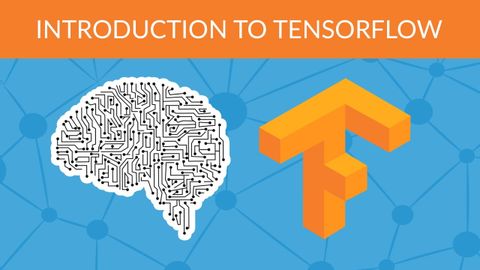
Subtitles & vocabulary
Deep Learning with TensorFlow - Introduction to TensorFlow
00
scu.louis posted on 2017/07/23Save
Video vocabulary
structure
US /ˈstrʌk.tʃɚ/
・
UK /ˈstrʌk.tʃə/
- Noun (Countable/Uncountable)
- The way in which the parts of a system or object are arranged or organized, or a system arranged in this way
- A building or other man-made object.
- Transitive Verb
- To plan, organize, or arrange the parts of something
A2TOEIC
More versatile
US /ˈvɚsətəl, -ˌtaɪl/
・
UK /ˈvə:sətail/
- Adjective
- Having many uses or skills
- Having or showing a wide range of skills.
B2TOEIC
More represent
US /ˌrɛprɪˈzɛnt/
・
UK /ˌreprɪ'zent/
- Transitive Verb
- To depict art objects, figures, scenes; to portray
- To show or describe something in a particular way
A2TOEIC
More Use Energy
Unlock All Vocabulary
Unlock pronunciation, explanations, and filters
